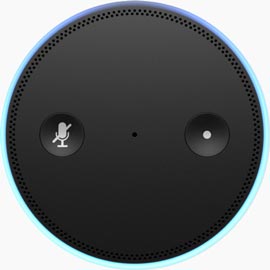
#39 - Returning Patients to Physical Activities
When patients are ready to return to physical activity, healthcare providers and concussion rehabilitation specialists will continue to play an active role. For athletes and non-athletes alike, monitor their heart rate and symptoms to make adjustments. The more information patients share, the better their rehab plans will be going forward and the better care they will receive.
These concussion rehabilitation steps are a gradual process to return to physical activity. Always be sure to have a trained concussion care provider on hand for supervision:
- Rest — Assign the patient 24 to 48 hours of rest that includes removing extended screen time, homework, or cognitively demanding tasks.
- Symptom-limited activity — Integrate activity, about ten minutes whether cognitive or physical and monitor symptoms the entire time.
- Light aerobic exercise — Add activity that gets the heart rate up without aggravating symptoms. A walk outside or on a treadmill, swimming, or stationary cycling for 20 minutes at 70% HRMax.
- Sport-specific exercise — Incorporate movement for 30 minutes at 80% HRMax. If your patient is a hockey player, suggest going out to skate and doing non-contact drills. If your patient is a football player, test sprints, get on the ladder, or try sport-specific moves. Once your patient has integrated back into practice, they should still sit out contact drills and monitor their symptoms.
- Non-contact training drills — Add activity that requires coordination and cognitive skills. Progress to more complex training drills for 60 minutes at 90% HRMax.
- Medical clearance — Have a trained healthcare provider conduct a medical exam before moving on to normal training and returning to sport or activity.
- Full contact practice — In a controlled environment incorporate contact while monitoring symptoms. Focus on restoring the patient’s confidence and function while performing normal training.
- Return to sport — Patients may resume full activity and get back into games. The amount of time it takes to reach this concussion rehabilitation step will vary by athlete and depends on the symptoms they’re reporting.
This gradual process of returning to exercise or sports works best with open communication about symptoms. If a patient reports their symptoms being a 5 or 6 out of 10, the activity is too aggravating. By listening and working within their limits you can create a rehab plan specific to each patient.
OTHER FLASH BRIEFINGS YOU MIGHT FIND HELPFUL:

